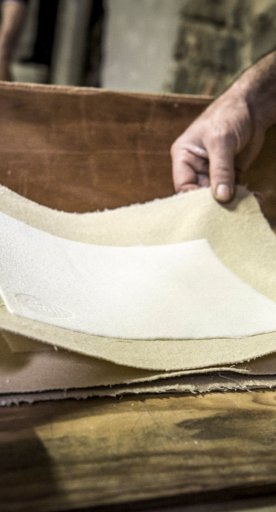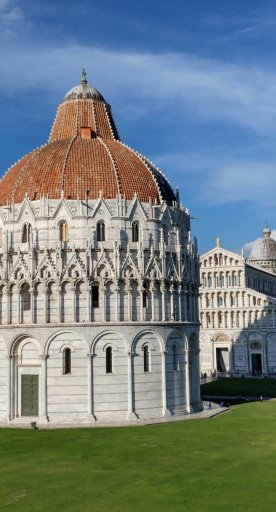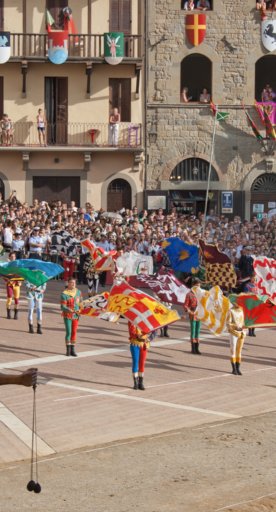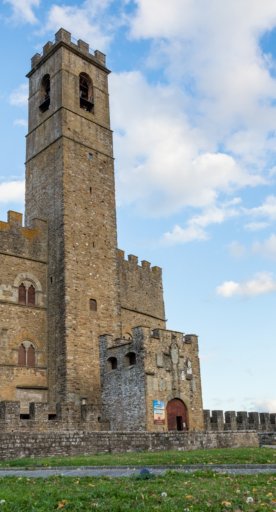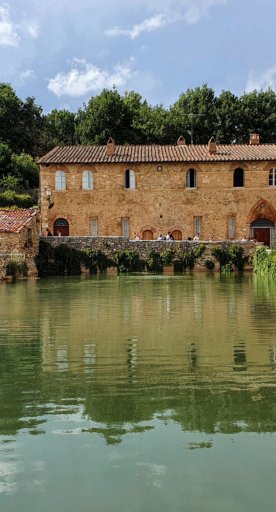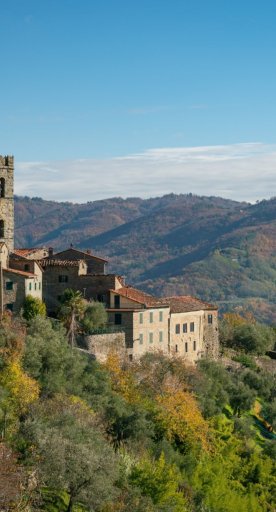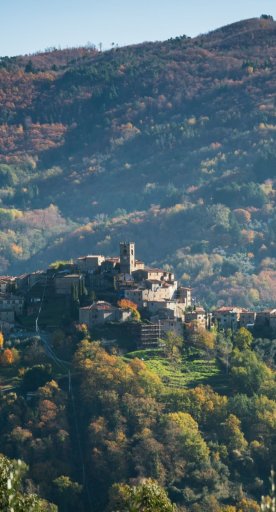

5 things to do in Montecatini Terme
Not only thermal baths: here are 5 things to do in Montecatini among water, history and art
Best known for the therapeutic properties of its waters, Montecatini Terme has always been a popular destination for those seeking regenerating vacations.
At the turn of the 20th century, tourism-related facilities began to flourish and, with them, the need to combine the thermal baths with entertainment or sports also grew.
The elegance of the many Art Nouveau buildings envelops the city in a refined and timeless atmosphere, as if to remind us of all the personalities who gradually, over the centuries, have spent pleasant and relaxing hours here: Giuseppe Verdi, Pietro Mascagni, Ruggero Leoncavallo, Trilussa, Beniamino Gigli, Luigi Pirandello just to name a few.
Here are some suggestions for spending unforgettable moments in this pearl of Valdinievole.
-
1.Enjoying the thermal waters
-
2.Strolling along Viale Verdi immersed in art
-
3.Admiring the fountains
-
4.Discover Montecatini Alto
-
5.Tasting a true culinary excellence
Enjoying the thermal waters

The precious waters of Montecatini flow from the depths of the earth and gush out in thermal baths set in beautiful parks.
The Baths of Montecatini have been renowned since the time of Grand Duke Leopold - a supporter of urban and infrastructural development of the “baths” - who made the thermal baths an international heritage site.
The thermal waters used for treatments come from the Rinfresco, Tettuccio, Regina and Leopoldina springs: classified as salty-sulfate-bicarbonate-sodium, they are used therapeutically for diseases of metabolism, digestive system, liver, as well as for wellness treatments.
Those looking for the unrepeatable atmosphere of the Belle Époque can go to the frescoed and Art Nouveau-decorated thermal baths, in addition to the historic cafes and bars.
Strolling along Viale Verdi immersed in art

From Piazza del Popolo begins Viale Verdi, also known as Vialone dei Bagni, which is home to some of the city's most valuable architectural constructions.
The Palazzina Regia is a sober building that was the summer residence of the Medici family, while the Monument to the Fallen in the Royal Park is a valuable work by Giuseppe Petroni.
The Municipal Palace is located on the right side of the avenue: it was built between 1913 and 1919 - in the place that housed the grand-ducal stables - to provide the city with adequate civic representation and it preserves, in the cultural space Montecatini Contemporary Art (MO.C.A.) located on the ground floor of the Municipal palace, a priceless painting: the Woman Encircled by the Flight of a Bird by Joan Miró.
A few steps away from the Municipal Palace, light, elegant and sinuous, stands the work Red Heron by artist Fabio De Poli, created in 2003: a shaped steel sculpture, a tribute to the city.
Finally, the Salt Pavilion is located at the entrance to the Verdi Theater: it was a former kiosk for the sale of salts in the early twentieth century and houses now several businesses.
Admiring the fountains

Water as an element of life and the city’s raison d’être is celebrated by numerous fountains that become works of art and monuments to enhance the historical importance of this element.
The Monumental Fountain is located in Piazza del Popolo and was built in 1926: clearly visible are the bronze ornaments made with the collaboration of Pistoia sculptor Antonio Guidotti at the Capecchi Foundry in Pistoia.
The Mazzoni Fountain was built in the 1930s to complete the new railway station: at the beginning of the last century, in fact, Montecatini was in full expansion and the old station had become insufficient for the needs of the spa town. To complete the new building, the long fountain, was covered with blue mosaics and equipped with three degrading basins, into which water pours from one to the other in graceful cascades.
The most recent of Montecatini’s fountains, called “Scultura D'Acqua” (Sculpture of Water), is the work of artist Pol Bury: it was inaugurated in 2004 and is located in the Municipal Park and looks like a mechanical structure formed by steel cylinders moved by the force of the water flowing internally, producing evocative musical effects.
Duetto d’Acqua (Duet of Water), Rana e l’Airone (Frog and Heron) and the Fontana dei Coccodrilli (Fountain of Crocodiles), on the other hand, are located in the Regina and Tettuccio establishments.
Discover Montecatini Alto
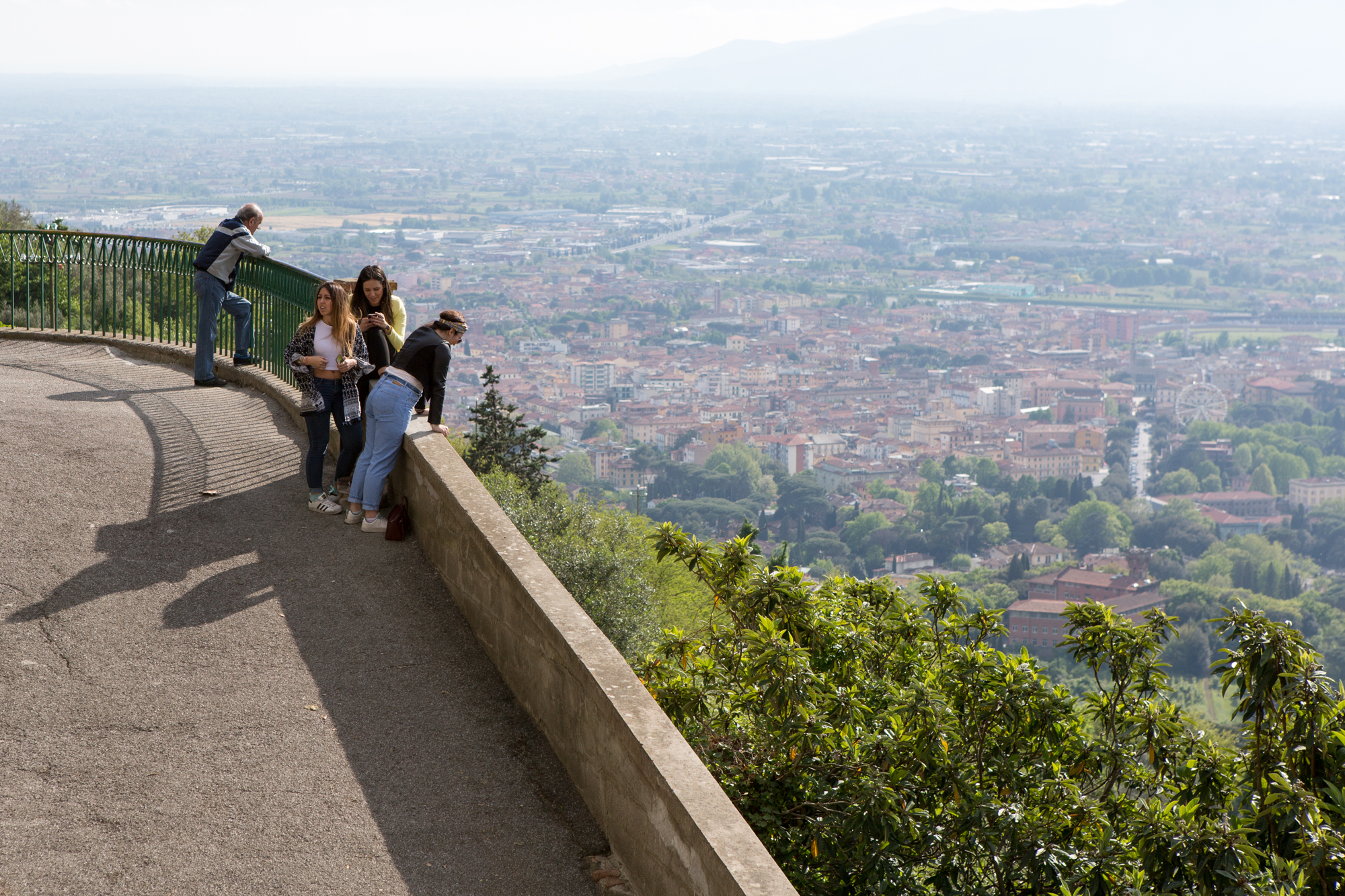
The small village of Montecatini Alto is located 300 meters above sea level, has medieval origins and still shows the layout of the ancient walls destroyed in 1554 by the Florentines of Cosimo I de’ Medici who were preparing to conquer the area.
It is easily reached by a funicular railway dating back to the 1800s, which is still intact and functioning today.
In the upper part of the village, the Fortress and Mastio Tower can still be seen.
On the central Piazzetta Giusti are the medieval remains of the Podestà Palace with the picturesque Loggia del Parlascio, originally the site of public assemblies and the market.
Montecatini Alto also enjoys a small square in which there are many restaurants and wine bars offering excellent food and wine.
Tasting a true culinary excellence

Like every other corner of Tuscany, also Montecatini has its own culinary symbol: Cialde of Montecatini are delicious, light and nutritious round cookies, perfect to accompany tea or sweet wines.
Made from two sheets of dough with an almond filling in the center, with no added butter or other fats, they have been handcrafted since 1920.





